Bagru village located at the edge of Jaipur city has created a name for itself in the block printing and textile industry; it is located 33 km from Jaipur. However, Bagru block printing is lesser known in comparison to Sanganer block printing. Even though there are many differences between Bagru and Sanganer styles of block printing, the awareness among the consumers is low. I recently did a Bagru village walking tour on a beautiful December morning. The theme of the Bagru village tour is block printing and textiles. The process of block printing is time-consuming, laborious, and lengthy.
What is the Bagru Village Walking Tour All About?
The Bagru village walking tour curated by Wabisabi Project entails a walk through the village while the artisans are busy with their routine, producing a work of art, block printed fabrics and textiles. The Bagru village block print walking tour starts in one of the noted locations in Bagru town. It is hard to say whether Bagru is a village or a town. Elements of a town and a village are present in Bagru, hence, these can be used interchangeably. In many places, I feel Bagru retains the character of a village. An interesting read: A Heritage Walking Tour in Jaipur | The Secrets of Walled City
What is famous in Bagru?
Bagru Village today is famous for dyeing and block printing. The journey of Bagru as an important centre of traditional dyeing and block printing is interesting.
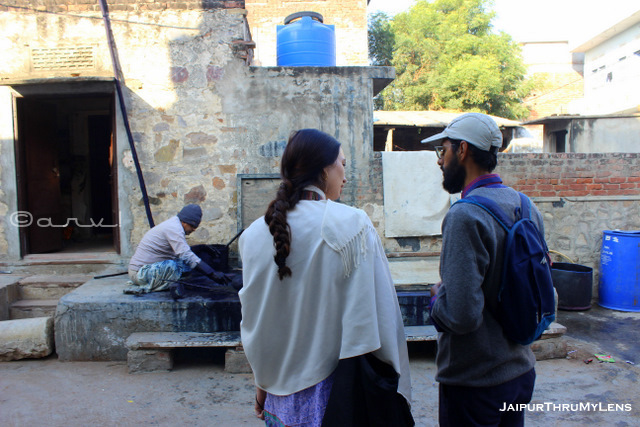
History and Origin of Bagru Textile Printing
There are a variety of stories about the history of Bagru and how Bagru developed as a leading center of traditional textiles and block printing. Among the numerous stories, experts opine the most trustworthy story was documented with the ruler or Thikanedar of Bagru in his fort. Bagru used to be one of the provinces of Jaipur state and governed by the trusted extended family members of Jaipur royalty. Thikanedaar is a noble and in charge of an estate.
As per popular legend, “Thakur of Bagru”, recognizing the potential of this art form, brought two families of Chhipas from Isarda, a village near Jaipur. This act of patronage drew more families of Chippa to Bagru; they were drawn by flourishing craft and the abundance of a vital resource, the flowing water of the Sanjharia River. The Sanjaria River is believed to have played a pivotal role in nurturing textile printing in Bagru village. Its perennial flow offered a constant source of water, essential for the textile printing processes. The banks of the river were conducive for laying out and drying the printed fabrics. Today, Sanjaria has ceased existing.
The textile printing technique is believed to have been developed in Bagru by skilled hand printers called, Chhipas. These artisans, hailing from towns in Rajasthan like Sawai Madhopur, Alwar, Jhunjhunu, and Sikkar, brought their unique talents to the fertile land of Bagru. Some experts opine that due to the lack of royal patronage like Sanganer, Bagru focused more on creating textiles for the common people.
Unique characteristics of Bagru prints
Bagru prints are primarily on cotton cloth and sometimes on silk cotton. Among the designs and motifs in Bagru prints, Buta and Butis in a variety of colors are a hallmark of Bagru. Colors used for the Bagru Hand Block Printing process used to be vegetable dyes but over the years have been replaced by chemical dyes. Traditionally, prints used to be of fast colors. In comparison to Sanganer block printing, one can find many traditional processes in Bagru.
Among Bagru prints, Dabu, the mud-resist technique of block printing is the mainstay of Bagru block printing. It allows for bright prints on dark backgrounds. Indigo prints are also a Bagru printing specialty.
Techniques and Tools used in Bagru block prints
The primary tool employed in Bagru block prints is wooden blocks. These wooden blocks are used to transfer the desired prints or designs onto the fabric. This is why it is termed block printing. Bagru block printing remains a tedious and time-consuming process and involves many block-printing processes. Here is a picture of tools used in block prints, a picture from my previous post Anokhi Museum of Block printing
Among the techniques used in Bagru block printing are direct transfer and mud-resist printing. In a direct transfer, the Chhipas dip the wooden blocks in the desired dye color and apply pressure onto the fabric. In the mud-resist or Dabu printing technique, mud paste is used. Details of this technique for Bagru block printing are detailed below in the process.
The process of Bagru traditional block printing
Wooden blocks are used for Bagru prints. These blocks are made by the Kharadi or Kharadiya community. A variety of wood is used for making blocks and includes Teak, Shisham, Gurjan, and mango tree wood.
The following is the process for Bagru block printing:
- Scouring remains the first process that aims to remove impurities like starch or oil.
- Harad or Harda is the following process; it involves mixing Harad powder with water and submerging cloth in it. After this, the cloth is dried. The process is also called Peela Karna.
- Chapai involves printing. This is a process that involves good skills and practice. The fabric is laid flat on a printing table with thick layers of fabric underneath it. The fabric to be printed is pinned carefully to the table.
- The next process involves leaving the fabric to dry for some time to allow the print and the ink to dry completely.
- Dhulai or washing involves washing the fabric.
- The dyeing and color-fixing process involves dye reacting with the mordant. Bagru is famous for its two colors, red and black; the fabric is heated in a copper vessel usually on a wood fire.
- The resist-printing process also called Dabu or Dhabu, involves applying resist paste containing clay, lime, and gum. It is largely used with an indigo color.
- The Neel Rangai or Indigo dyeing process involves dyeing the fabric with indigo. Often, more than one round is required for this process.
- Haldi Naspal Putai
- Fitkari Rangai
- Dhulai is the washing process and takes out excess dye from the fabric. The fabric is beaten on a firm surface after leaving it in the water tank for a few hours.

The role of artisans in preserving the legacy of Bagru block printing
While the core techniques and colors of Bagru printing have remained remarkably unchanged for centuries, the production patterns and motifs have undergone a fascinating transformation. In the past, the Chipa artisans primarily focused on crafting local varieties of printed fabrics, including Jajam, Fadats, Lugdis, Bichhaunis, and Razais. These garments served practical purposes and held deep cultural significance within the society. The above-mentioned terms are explained below.
Jajam – floor carpet
Fadat-Ghaghara or women’s skirt
Lugdi-dress worn by women similar to Ghaghara Odhni
Bicchauni and Razais- quilt
Previously, Chhipas would use low tables as they would sit and work. These days, the tables are longer and they usually stand and work. The artisans now work with many new designs that would have been unimaginable three decades ago. Therefore, the Chhipa community of Bagru has adapted very well to a change to contemporary applications of a traditional craft.
The artisans or the Chhipa community have adapted the heritage art and craft of block printing over the years through adaptation. With changing times, the Chhipas have adapted to some new techniques as well as a change in the demographic profile of end consumers. Unlike the old days, artisans now cater to business conglomerates as well as international designers. They have far more diversity in the customer profile. Previously, block-printed fabrics catered to the garments worn by the common people; lately, home furnishing is a big consumer of Bagru block prints.
Despite the diversification of products, the core techniques and colors remain steadfast. The vibrant hues of red, black, and indigo, extracted from natural sources as well as chemical dyes, continue to imbue the fabric. Geometric and floral patterns, passed down through generations, continue to evoke a sense of tradition and heritage.
contemporary applications of Bagru block prints
With changing times and evolving preferences, the Chhipas or artisans have adapted their craft to meet the demands of a modern and contemporary consumer. These days, Bagru has inspired artists from other fields to create new applications through fusion. This is just one such example.
Bagru Block Printing & textile | Present & Future
Bagru has made a transition from being a village to the world fashion map. Bagru prints have been used by many international designers and fashion brands. Natural and organic dye-based block printing has come a long way; the use of mechanization is inevitable as brands need high volumes to stay relevant in the market. The use of chemicals and machines is evident in Bagru village. This has also raised different issues.
Some of the issues and problems in Bagru village are
- Chemical-laden water permeating the water table of Bagru village
- Lowering the groundwater table
- Corporations making huge money but very little of the wealth has benefited the people of Bagru village at the grassroots level who are involved in the Bagru textile industry.
- No differentiation between hand-block-printed fabric and screen-printed fabric. Hand block printed technique is laborious and more expensive. There is a need to mark these separately to differentiate between these two. The latter is a recent development whereas hand block printing is an age-old technique.
These are merely some of the pressing issues but not the complete list. Some are worried while others accept the changes; change is inevitable.
The history of Bagru printing, though partially veiled in mystery, paints a vivid picture of the community’s dedication to their craft. It is a story that continues to unfold with each new print, as the legacy of the past inspires the artists of today. The Bagru Village tour is curated by WabiSabi Project.
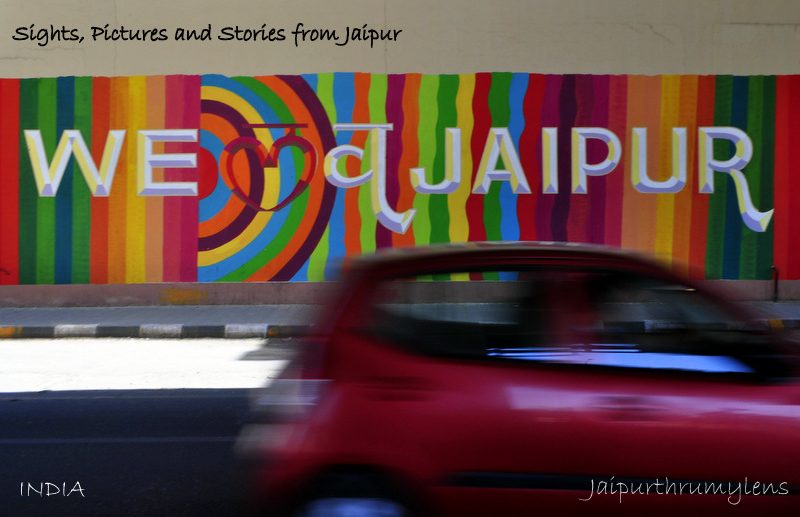



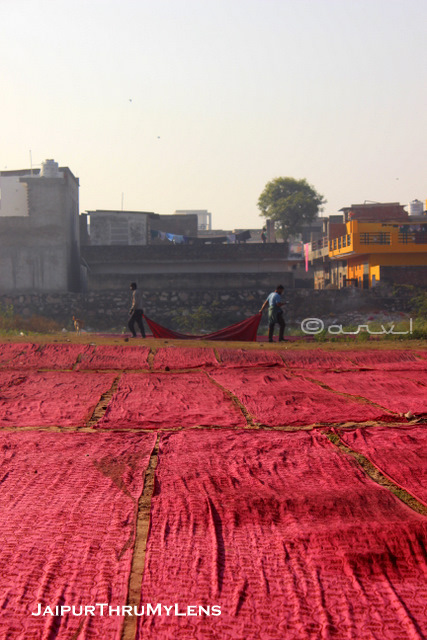
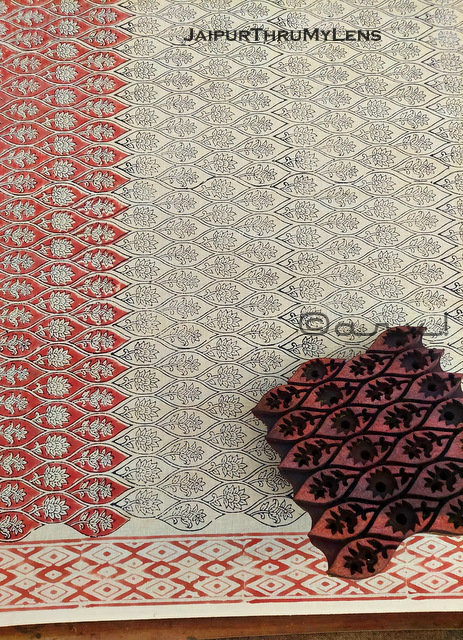
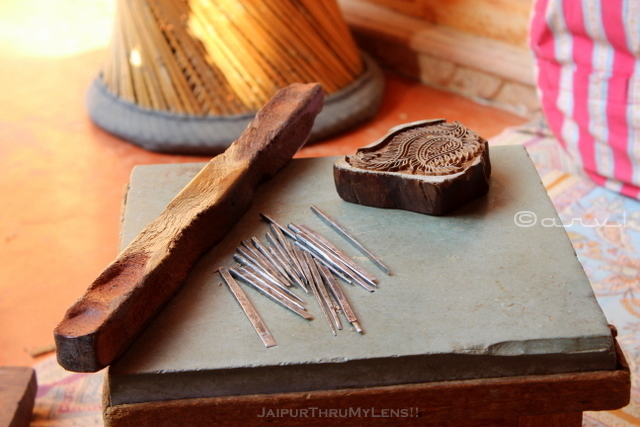

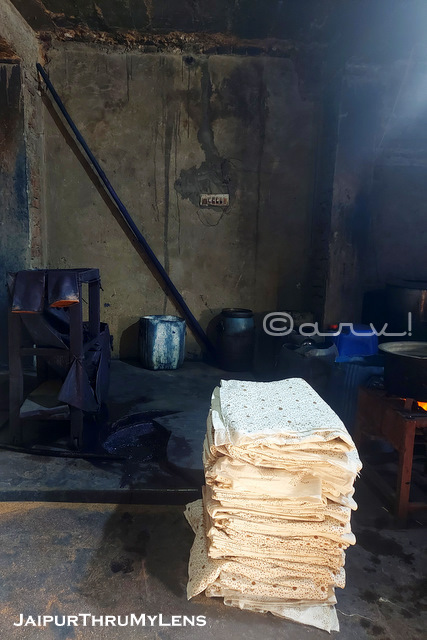

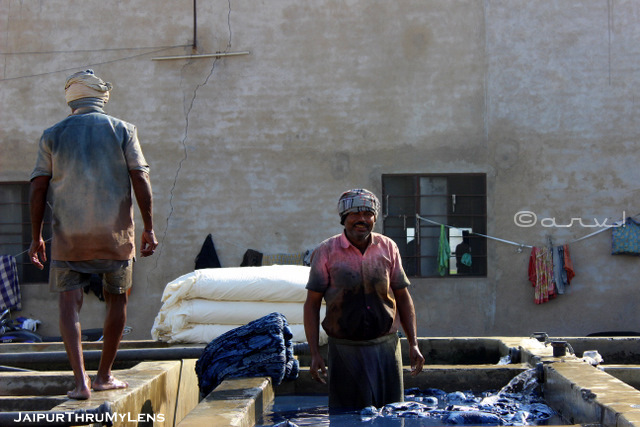

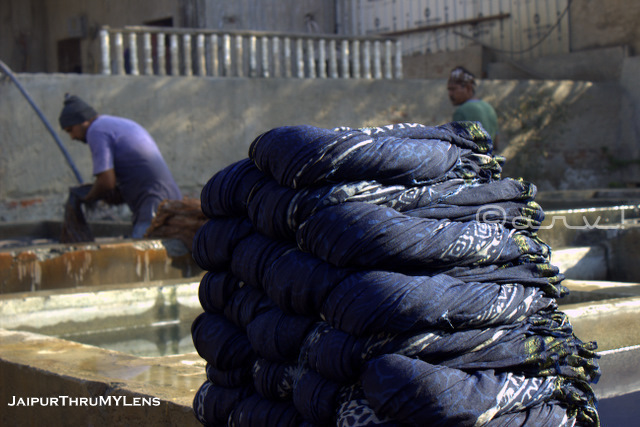


Such a long process, and interesting to read that they have mixed modern techniques and styles with the old processes. Something so beautiful I guess its no surprise that large corporations have gotten involved, and as usual at the expense of the worker. Thanks for introducing this to me Arv. Maggie
LikeLike
You have got it right, Maggie. Big corporations will always follow wherever there are money-making opportunities. While there is nothing wrong with that, the issues that need to be addressed are the economic upliftment of all stakeholders and environmental issues. On a positive note, there are buyers to keep the craft alive. Thanks for offering your thoughts on this issue, appreciate your time.
LikeLiked by 1 person
This is one village I really want to visit. I first heard about it when I visited the Anokhi Museum in Amer. I learnt about so many new places in Rajasthan during my 35 day road trip, that I am now planning on doing a second road trip to Rajasthan. Bagru is definitely part of this second one. 🙂
LikeLiked by 1 person
Indeed, there is a lot to explore in Rajasthan after all it is the biggest state in India. Which all places under your radar, Rama?
LikeLiked by 1 person
Same places as before, but deeper this time around, like going to the border and Tanot Rai Mata Mandir from Jailsamer, staying in a bishnoi village near Jodhpur, Bagru village from Jaipur … 🙂
LikeLiked by 1 person
Great! I suggest January month for Jaisalmer or early February. Weather wise! There can be many more places. Did you visit Osia village near Jodhpur?
LikeLiked by 1 person
The last time I was in Jaisalmer as part of the road trip I stayed for a week and covered it pretty well. Bas border rah gaya tha. 🙂 No, I have not been to Osia village either.
LikeLiked by 1 person
You can look up for Osia village online. It has ancient temples.
LikeLiked by 1 person
That’s such a lovely and informative post on Bagru, especially for a person like me who is fond of Handlooms. This post comes at a time when I just returned from Jodhpur, Jaisalmer trip.
A very happy New Year to you and look forward to seeing Jaipur through your lens.
LikeLiked by 1 person
Thanks, Pragun. It is good to know you love handlooms and you enjoyed this post. Was you trip to Jodhpur centred around handlooms?
Thanks for the new year greetings, wishing you a great 2024! Thanks for reading and following the blog, Pragun.
LikeLike
What a great post. I would love to walk through the city and pick up some of the fabric they are block printing. They do an amazing job and the patterns that you’ve shown are amazing. 🙂
LikeLiked by 1 person
I’m glad you like these prints and fabrics, Lisa. I think you must visit Jaipur, if you can! 🙂
Thanks for reading and sharing your perspective.
LikeLiked by 1 person
It’s on my bucket list! 🙂
LikeLiked by 1 person
Great!
LikeLiked by 1 person
Interesting read! I love everything that has to do with history, local culture, arts and so on.
I particularly like the many photos you have published along with your post.
LikeLiked by 1 person
Thanks for sharing your thoughts, Sander. I used to follow the format you do when i started the blog. But then it changed one fine day! I think it is important to share the information for everyone’s benefit. Just my thought. But all my initial posts of the blog in the early days used to be a picture and 2-4 lines!
LikeLiked by 1 person
That’s funny, because I was thinking of writing more in depth blog posts myself in the future 🙂
LikeLiked by 1 person
Oh! you definitely should. May be the background about the picture that you are showcasing, the thoughts behind it or may be techniques. There is so much that you can share and something that we can learn from you.
LikeLiked by 1 person
Arv, thank you so much for this post on Bagru style of block printing. I had no idea of this style of printing. It is so good to know of this new form (to me) of block printing other than the Sanganer style.
LikeLiked by 1 person
I’m glad you enjoyed this post, Sarmistha. In essence both these places share some similarities along with some differences. I hope you get to experience it in person.
LikeLiked by 1 person